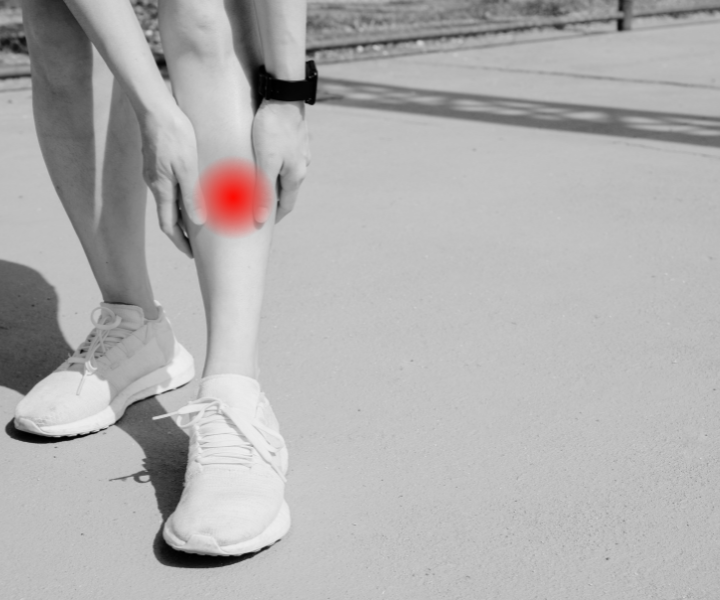What are Shin splints
Shin splints, also known as medial tibial stress syndrome, is a common condition that affects individuals who engage in activities involving repetitive stress on the shinbone (tibia). As a podiatrist, I encounter many patients seeking relief from the discomfort and pain caused by shin splints. In this article, we will explore what shin splints are, their causes, symptoms, and most importantly, how a podiatrist can effectively treat and prevent this condition.
Understanding Shin Splints
Shin splints refer to the inflammation and micro-tearing of the muscles, tendons, and bone tissue surrounding the shinbone. It is commonly seen in athletes and individuals who partake in activities that involve running, jumping, or sudden changes in intensity.
Causes of Shin Splints
Shin splints are primarily caused by excessive stress on the lower leg, which can result from various factors, including:
- Overuse: Engaging in repetitive activities without allowing sufficient time for the body to recover and adapt can lead to shin splints. This often occurs when athletes rapidly increase their training intensity or duration.
- Poor Footwear: Wearing worn-out or inappropriate footwear that lacks proper support and cushioning can contribute to shin splints. Shoes that do not provide adequate shock absorption increase the stress on the shinbone.
- Biomechanical Issues: Structural abnormalities, such as flat feet (overpronation) or high arches (supination), can alter the distribution of forces during movement, leading to increased stress on the shins.
- Training Surface: Running on hard surfaces, such as concrete or asphalt, can cause excessive impact and strain on the lower leg, increasing the risk of shin splints.
Symptoms of Shin Splints
Recognising the symptoms of shin splints is crucial for early intervention and prompt treatment. The following are common signs to watch out for:
- Pain and Tenderness: A dull, aching pain along the inner edge of the shinbone is the hallmark symptom of shin splints. This discomfort may worsen during physical activity and gradually decrease with rest.
- Swelling: Inflammation of the affected area can lead to swelling, which may be accompanied by redness and warmth.
- Muscle Tightness: Tightness or stiffness in the calf muscles is a common symptom associated with shin splints. This tightness can be felt before, during, or after physical activity.
How can a Podiatrist Treat Shin Splints?
Podiatrists play a crucial role in diagnosing and treating shin splints effectively. Upon examination and assessment of your symptoms, a podiatrist may recommend the following treatment options:
Rest and Activity Modification: To allow the injured tissues to heal, it is important to temporarily reduce or modify activities that exacerbate shin splints. Cross-training, low-impact exercises, and incorporating rest days into your routine are key strategies for managing the condition.
Ice and Compression: Applying ice packs and using compression wraps can help alleviate pain, reduce swelling, and promote healing. These measures should be utilised after activity or whenever discomfort arises.
Orthotic Devices: Custom orthotic devices, such as shoe inserts or insoles, can be prescribed to correct biomechanical abnormalities and improve foot function. Orthotics help distribute forces evenly, reducing stress on the shins.
Footwear Evaluation: Your podiatrist can evaluate your footwear and recommend appropriate shoes that provide adequate support, cushioning, and shock absorption. Proper footwear can significantly reduce the strain on the shins during physical activity.
Tailored Exercise Plans: Your podiatrist can develop a tailored rehabilitation program for shin splint management. This may include stretching exercises, strengthening exercises, and techniques to improve gait mechanics.
Shin Splint Treatment and Prevention
To effectively treat shin splints and prevent future occurrences, a comprehensive approach is necessary. Here are some additional strategies that can aid in the recovery and prevention of shin splints:
- Gradual Progression: Avoid sudden increases in activity intensity or duration. Gradually build up your fitness level and allow adequate rest periods to allow the body to adapt.
- Warm-Up and Cool-Down: Prior to exercise, engage in a thorough warm-up routine to prepare the muscles and reduce the risk of injury. Afterward, incorporate a cool-down period to gradually decrease heart rate and stretch the muscles.
- Strength and Flexibility Training: Incorporating strength training exercises for the lower leg muscles and regular stretching routines can help improve muscle endurance and flexibility, reducing the risk of shin splints.
- Surface Selection: Whenever possible, choose softer surfaces for exercise and avoid excessive training on concrete or asphalt. Running on tracks, grass, or trails can lessen the impact on the shins.
Summary
Shin splints can significantly impact an individual’s physical performance and overall well-being. However, with the help of a knowledgeable Podiatrist, effective treatment and prevention strategies can be implemented to minimise discomfort and promote healing. By understanding the causes, recognising the symptoms, and adopting the recommended treatments, individuals can return to their active lifestyles with reduced risk of recurrent shin splints.
Remember, early intervention is key, so consult a podiatrist at the first sign of shin splint symptoms to ensure a prompt and successful recovery. If you are experiencing Shin Splints and would like to visit us for Shin Splint Treatment in Melbourne, please call 03 9878 4566 or email [email protected] and we can book you in for a Biomechanical Assessment in the closest clinic location that suits you; Blackburn, Melbourne CBD, Newport, Elsternwick, Caroline Springs or Springvale.

